More credit should be given to the work done by the dairy industry to improve animal welfare, says Hayley Campbell Gibbons
Allegations of poor animal welfare, reports of farmers shooting high numbers of dairy bull calves on-farm and misconceptions about so-called zero-grazing risk painting a depressing and inaccurate picture of the standards on British dairy farms.
While the sector faces challenges, little attention has been paid to the good work that has been done, and the achievements that have been made, to address and tackle these issues in a positive way. So, it's time to set the record straight.
Lameness, mastitis and welfare at calving are concerns for dairy farmers but the industry is responding. Action is being taken in cattle-building design, in cattle breeding and in the husbandry practices routinely carried out on-farm. There is also an increasing emphasis on preventative care. All dairy farmers have moral, legal and financial reasons to ensure high welfare standards. But the truth is that continued progress in improving dairy cow welfare can only be achieved if farmers have the confidence and ability to reinvest in profitable businesses.
As for zero-grazing, let's bust some myths. Only a very small number of British dairy cows, estimated at 1%, are so-called zero-grazed. Secondly, if a cow is zero-grazed for some of her life it does not mean she will not go outdoors - many go outside to exercise and spend up to three months outdoors before calving. Thirdly, a zero-grazed system is not bad welfare. There are very good examples of every type of system; the important element is stockmanship.
The issue of dairy bull calves is another one that is not as black and white as it may appear. Far from being shot on-farm or exported live, more than 60% of the 500,000 dairy bull calves born in 2008 were reared for beef production.
Exporting calves is a perfectly legitimate market available to farmers. However, since July 2008 there has been a commercial ban on British exports by Dutch and Belgian veal traders caused by the discovery of animals infected with bovine TB. This has practically halted the live export of calves and has led to more dairy farmers being forced to shoot calves due to lack of rearing capacity, capital or a viable market.
The key to reducing calf exports and the number of calves disposed of at birth is to develop markets that will mean the calves are worth more at home than abroad. Anything that encourages consumers to buy high-welfare British veal has to be supported. At present, this is only a niche market and there is a need to change public perception about veal by raising awareness of the welfare-friendly veal produced in this country. In the meantime, alternative opportunities to add value to male dairy calves must be explored.
This is where the work of the Beyond Calf Exports Stakeholders Forum comes in. Established in June 2006, the forum of UK beef and dairy organisations, retailers and animal welfare groups is supporting and encouraging the development of economically viable outlets for the domestic rearing and finishing of male dairy calves.
Addressing welfare issues requires a co-ordinated approach. The NFU has been calling for the creation of a nationally co-ordinated dairy cow welfare strategy and hopefully we will see progress on this soon. Only by working together can these issues be tackled in a successful way.
Hayley Campbell Gibbons is chief dairy adviser for the NFU.
Allegations of poor animal welfare, reports of farmers shooting high numbers of dairy bull calves on-farm and misconceptions about so-called zero-grazing risk painting a depressing and inaccurate picture of the standards on British dairy farms.
While the sector faces challenges, little attention has been paid to the good work that has been done, and the achievements that have been made, to address and tackle these issues in a positive way. So, it's time to set the record straight.
Lameness, mastitis and welfare at calving are concerns for dairy farmers but the industry is responding. Action is being taken in cattle-building design, in cattle breeding and in the husbandry practices routinely carried out on-farm. There is also an increasing emphasis on preventative care. All dairy farmers have moral, legal and financial reasons to ensure high welfare standards. But the truth is that continued progress in improving dairy cow welfare can only be achieved if farmers have the confidence and ability to reinvest in profitable businesses.
As for zero-grazing, let's bust some myths. Only a very small number of British dairy cows, estimated at 1%, are so-called zero-grazed. Secondly, if a cow is zero-grazed for some of her life it does not mean she will not go outdoors - many go outside to exercise and spend up to three months outdoors before calving. Thirdly, a zero-grazed system is not bad welfare. There are very good examples of every type of system; the important element is stockmanship.
The issue of dairy bull calves is another one that is not as black and white as it may appear. Far from being shot on-farm or exported live, more than 60% of the 500,000 dairy bull calves born in 2008 were reared for beef production.
Exporting calves is a perfectly legitimate market available to farmers. However, since July 2008 there has been a commercial ban on British exports by Dutch and Belgian veal traders caused by the discovery of animals infected with bovine TB. This has practically halted the live export of calves and has led to more dairy farmers being forced to shoot calves due to lack of rearing capacity, capital or a viable market.
The key to reducing calf exports and the number of calves disposed of at birth is to develop markets that will mean the calves are worth more at home than abroad. Anything that encourages consumers to buy high-welfare British veal has to be supported. At present, this is only a niche market and there is a need to change public perception about veal by raising awareness of the welfare-friendly veal produced in this country. In the meantime, alternative opportunities to add value to male dairy calves must be explored.
This is where the work of the Beyond Calf Exports Stakeholders Forum comes in. Established in June 2006, the forum of UK beef and dairy organisations, retailers and animal welfare groups is supporting and encouraging the development of economically viable outlets for the domestic rearing and finishing of male dairy calves.
Addressing welfare issues requires a co-ordinated approach. The NFU has been calling for the creation of a nationally co-ordinated dairy cow welfare strategy and hopefully we will see progress on this soon. Only by working together can these issues be tackled in a successful way.
Hayley Campbell Gibbons is chief dairy adviser for the NFU.



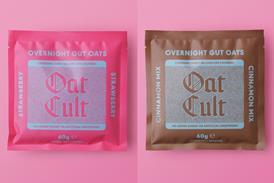



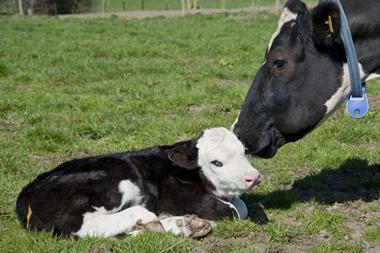

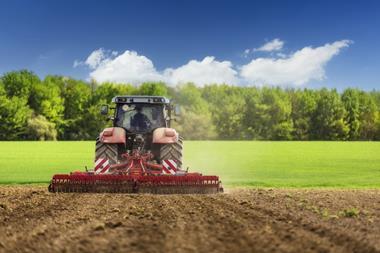
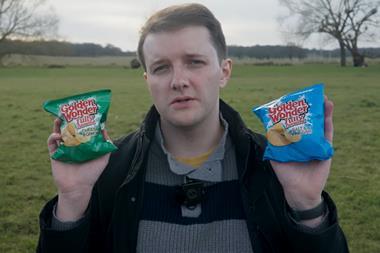

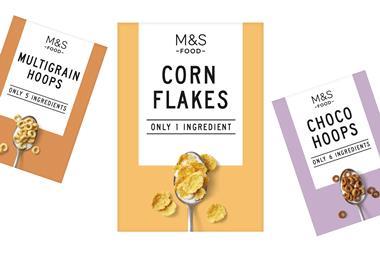

No comments yet